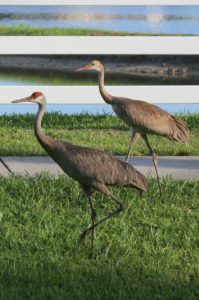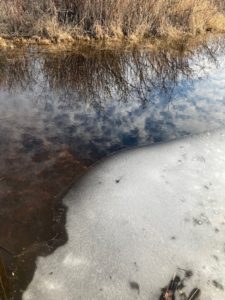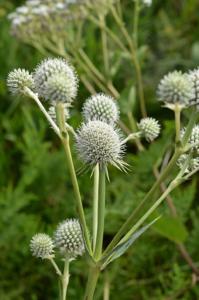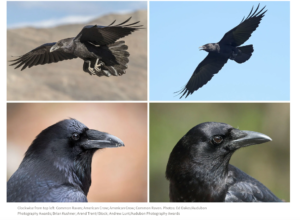by Nancy Nabak, Communications Coordinator
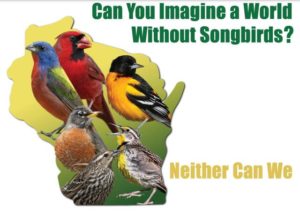 That rich, deep smell wafting through the kitchen and filtering throughout the house in the morning…what a great way to wake up. For many of us, a cup of coffee (or two) is the way to start our day. But in order to get that morning fix, unfortunately huge areas of forest have been cleared in most coffee-growing areas in Central and South America. Sadly, this is the same location where many of our Wisconsin songbirds spend their winters. When I hear things like this, I can’t help but think, “But, what can I do about it?”
That rich, deep smell wafting through the kitchen and filtering throughout the house in the morning…what a great way to wake up. For many of us, a cup of coffee (or two) is the way to start our day. But in order to get that morning fix, unfortunately huge areas of forest have been cleared in most coffee-growing areas in Central and South America. Sadly, this is the same location where many of our Wisconsin songbirds spend their winters. When I hear things like this, I can’t help but think, “But, what can I do about it?”
The answer may be easier than you think. Shade grown, organically grown, and certified Bird-Friendly (gold standard, best choice to help birds) coffees are grown to help with habitat conservation and address the decline of our songbird species. Many of these options are now available in our local grocery stores and online.
Woodland Dunes is partnering with the newly launched and Wisconsin-based SOS Save Our Songbirds campaign in getting the word out that we not give up our morning routine, but to take a slight detour and create a new one by purchasing friendlier coffees. And we can start to do something about songbird decline right from the comforts of our kitchen.
I love the little cheerful and lilting sounds of our songbirds when they come back in the spring, so on the other side of the coin, what happens if we don’t take that morning detour? Waking up to the smell of coffee, but without a wood thrush serenade is unthinkable. Unbearable, really. So, let’s pledge that we’ll do our part. Maybe even sacrifice a little on something else so we can possibly spend a little more for a friendlier cup.
We all have different tastes and preferences when it comes to our perfect cup of coffee. But moving forward, it seems that the perfect cup of coffee is one that supports the people and economy in the growing region while protecting our songbirds at the same time.
Please go to the SOS Save Our Songbirds website for more information and friendly coffee locations near you: https://www.sossaveoursongbirds.org/buy-coffee-thats-better-for-birds

